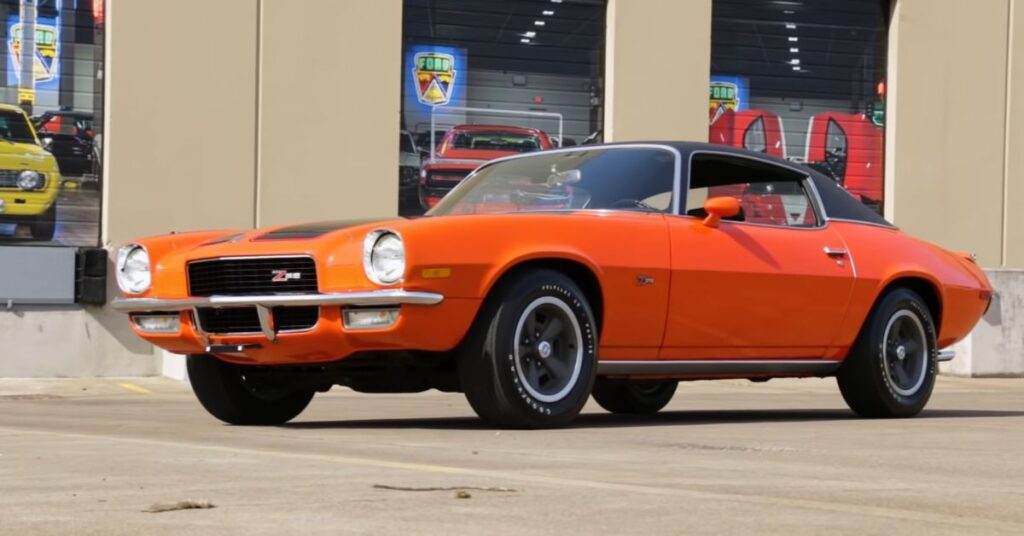In the realm of classic American muscle cars, the 1970 Chevrolet Camaro Z/28 holds a prominent position as one of the most revered and iconic vehicles of its time. With its distinctive styling, exhilarating performance, and a rich racing heritage, the Camaro Z/28 continues to captivate automotive enthusiasts to this day. In this article, we embark on a journey to explore the fascinating world of the 1970 Chevrolet Camaro Z/28, uncovering its unique features, engineering prowess, and enduring legacy.
A Highly Original Car
The 1970 Chevrolet Camaro Z/28 showcased in this video is not just any Z/28; it is a highly original example. From its paint to the low mileage on the odometer, this car has retained its authenticity over the years. As we explore its features, we get a glimpse of what these incredible vehicles looked like when they first hit the roads.
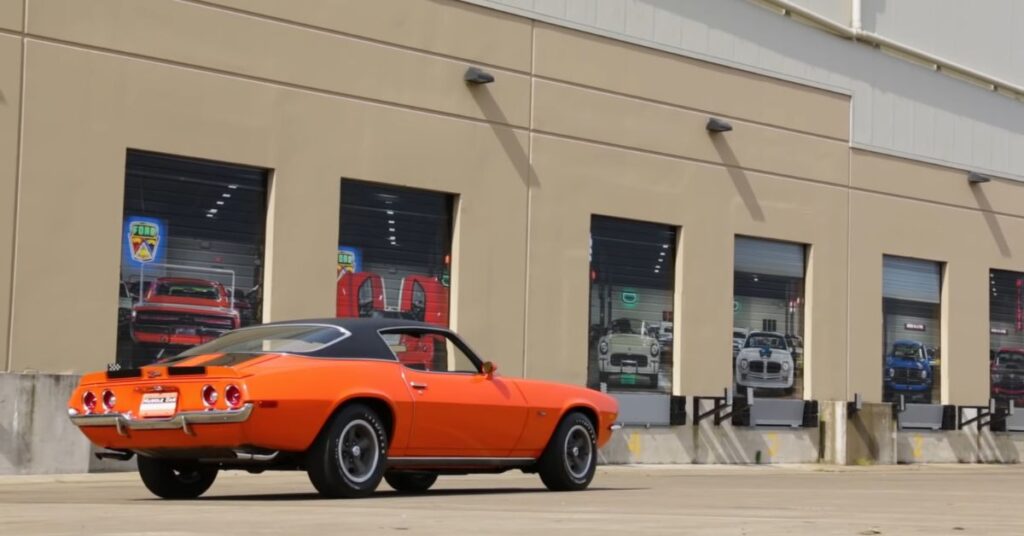
The 1970 and a half Camaro marked a significant redesign from the previous generation. With its slightly longer body, the second-generation Camaro exuded a new level of sophistication and style. Automotive critics praised the design, acknowledging that while the 1967-1969 models were formidable, the 1970 Z/28 had its unique appeal.
Powerful Performance

At the heart of the 1970 Chevrolet Camaro Z/28 was the 350 cubic inch Turbo-Fire V8 engine. This powerhouse generated an impressive 360 horsepower, making it a force to be reckoned with on the streets. Coupled with a four-speed manual transmission and a 4.11 rear gear ratio, the Z/28 could achieve impressive quarter-mile times, reaching speeds of 100 miles per hour.

The LT1 engine of the 1970 Z/28 is often revered by muscle car enthusiasts. With an 11:1 compression ratio, a solid mechanical high-lift camshaft, oversized valves, and an aluminum intake manifold, this small-block engine packed a punch. Fed by a 780 CFM Holley carburetor, it produced 360 horsepower and 380 pound-feet of torque. It came close to matching the power of the big-block 396 engine, a testament to its exceptional performance.

Suspension and Handling
Staying true to its Trans Am racing heritage, the Z/28 received significant suspension upgrades. The front sway bar was increased to 1 inch, while stiffer front coil springs and heavy-duty rear leaf springs provided enhanced control. Paired with tuned shock absorbers, these modifications ensured a smooth and controlled ride. Additionally, the Z/28 boasted 15-inch wheels and tires, offering both style and performance.
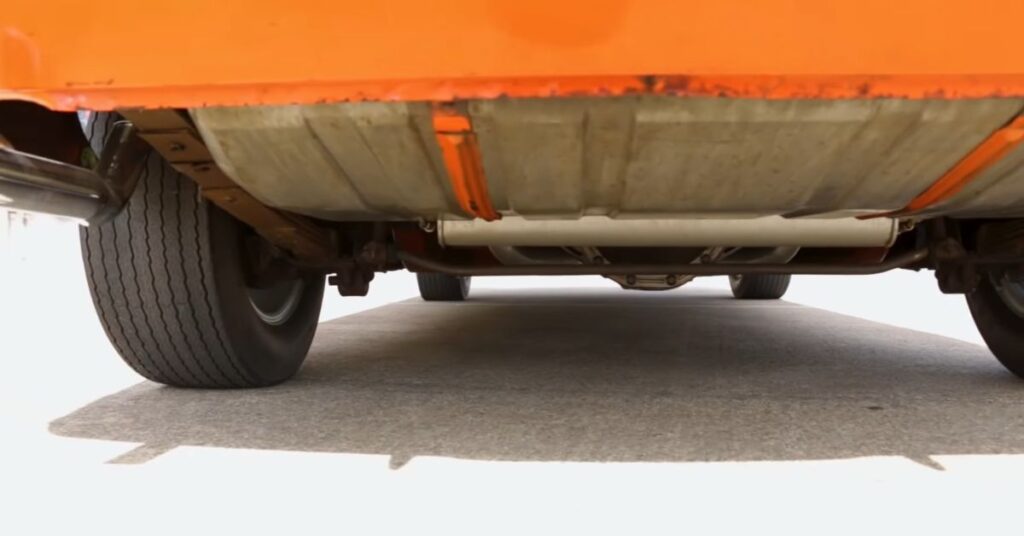
Striking Exterior
The 1970 Chevrolet Camaro Z/28 commands attention with its striking exterior design. Its sleek lines and aggressive stance exude power and confidence on the road. The low-sloping rear glass and absence of rear quarter windows add a touch of elegance while enhancing its racing-inspired look. The attention to detail is evident in every curve and contour, making it a true head-turner.
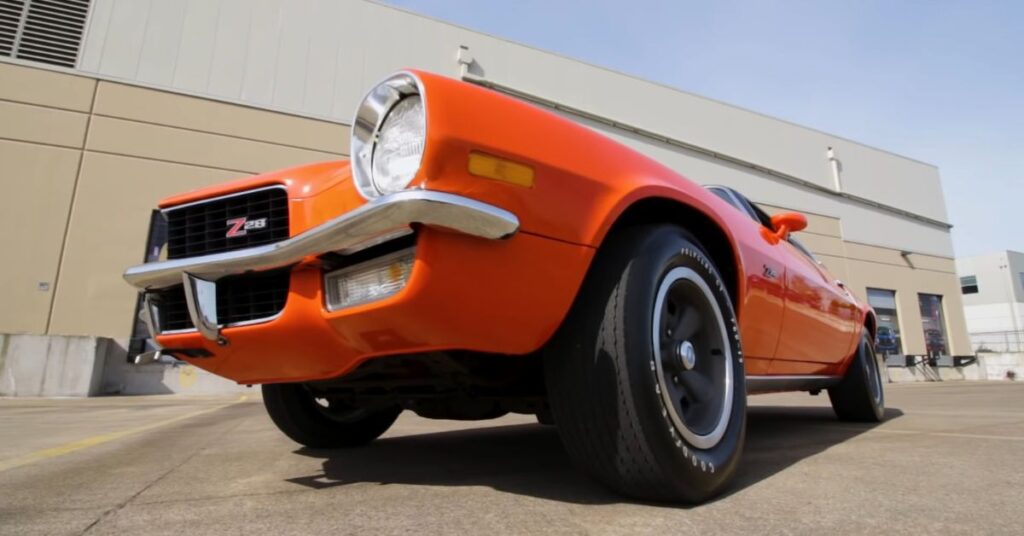
One of the standout features of the 1970 Camaro Z/28 is its wide range of captivating color options. From the vibrant Hugger Orange paint with black stripes to other bold and eye-catching choices, the Z/28 allows owners to express their individuality. These colors accentuate the car’s muscular physique and ensure it stands out in any crowd.
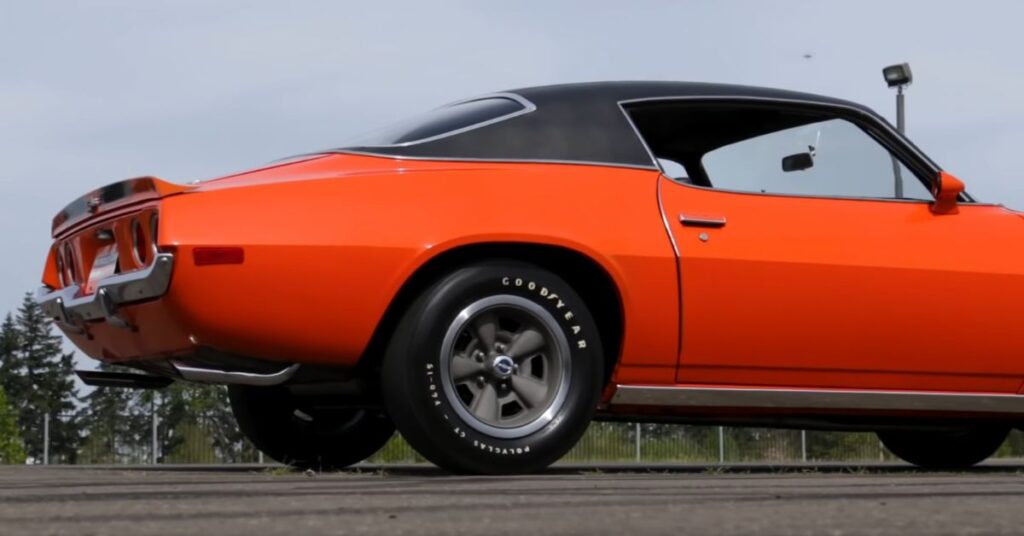
The 1970 Camaro Z/28 combines classic charm with modern flair. The absence of a split front bumper, a characteristic of the RS models, gives it a clean and streamlined front-end design. The short rear spoiler adds a sporty touch, hinting at the car’s performance capabilities. It strikes the perfect balance between timeless design elements and contemporary aesthetics, appealing to both classic car enthusiasts and modern car enthusiasts alike.
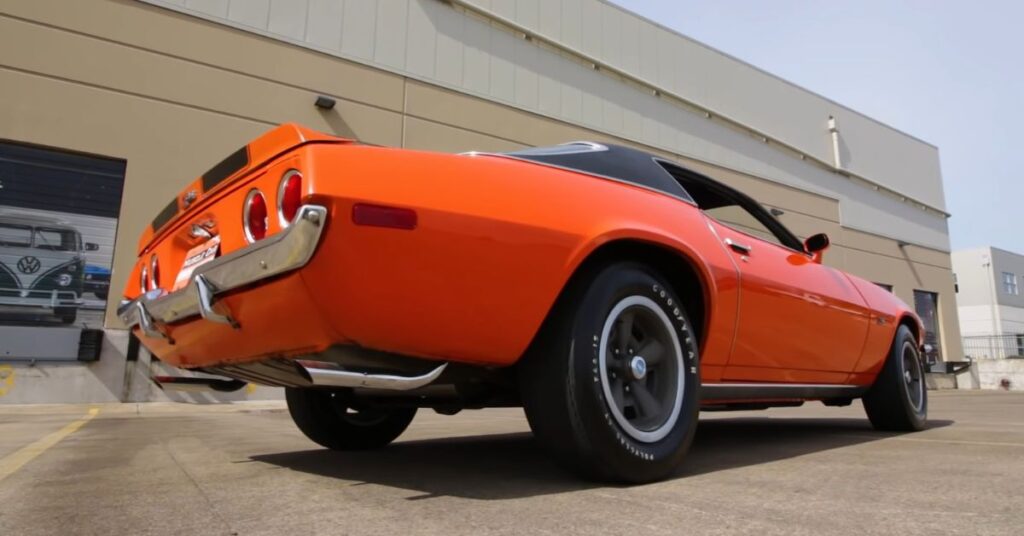
Every aspect of the 1970 Chevrolet Camaro Z/28’s exterior has been carefully crafted to create a visually stunning masterpiece. From the large open-mouth grille to the hood stripes that draw the eye towards it, every detail serves a purpose. The result is a car that not only turns heads but also captures the essence of American muscle car design.
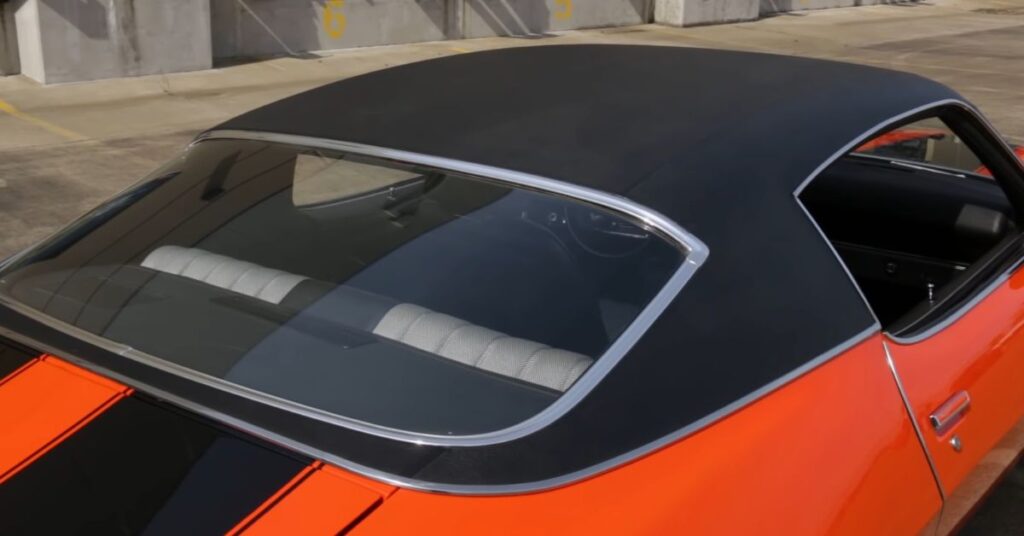
Sporty Interior
Step inside the 1970 Chevrolet Camaro Z/28, and you’ll be greeted by an interior that perfectly blends comfort and performance. The high-back bucket seats not only provide excellent support during spirited drives but also feature a cool and distinctive checkered pattern. The cockpit-like layout creates an immersive driving experience, enveloping you in the essence of a true muscle car.
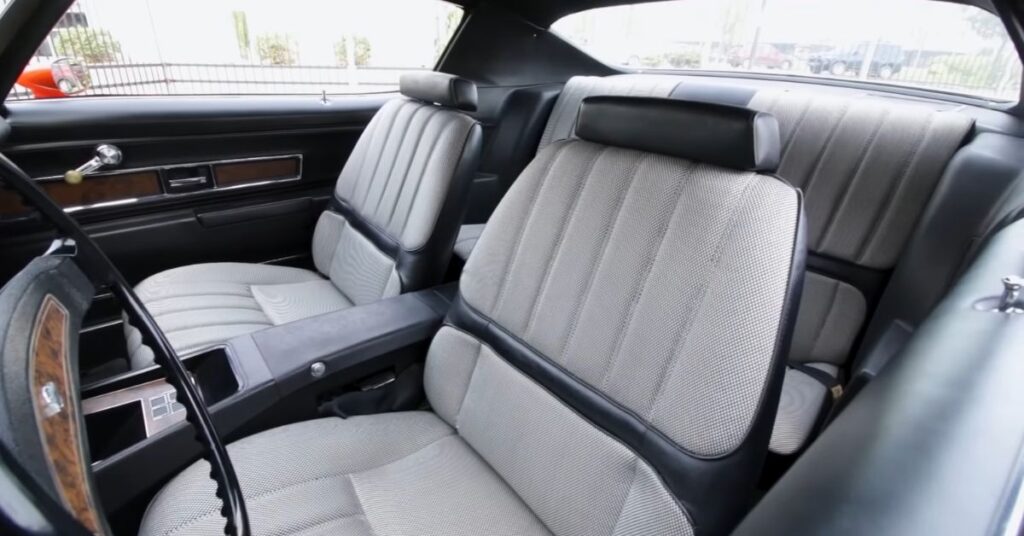
The interior of the 1970 Camaro Z/28 showcases thoughtful design and attention to detail. A simulated burl wood dash adds a touch of sophistication, housing the essential gauges such as fuel, amp, and temperature indicators, along with a prominent 150 mph speedometer and an 8,000 RPM tachometer. These gauges, along with the iconic Z/28 emblem on the steering wheel, serve as constant reminders of the car’s performance heritage.
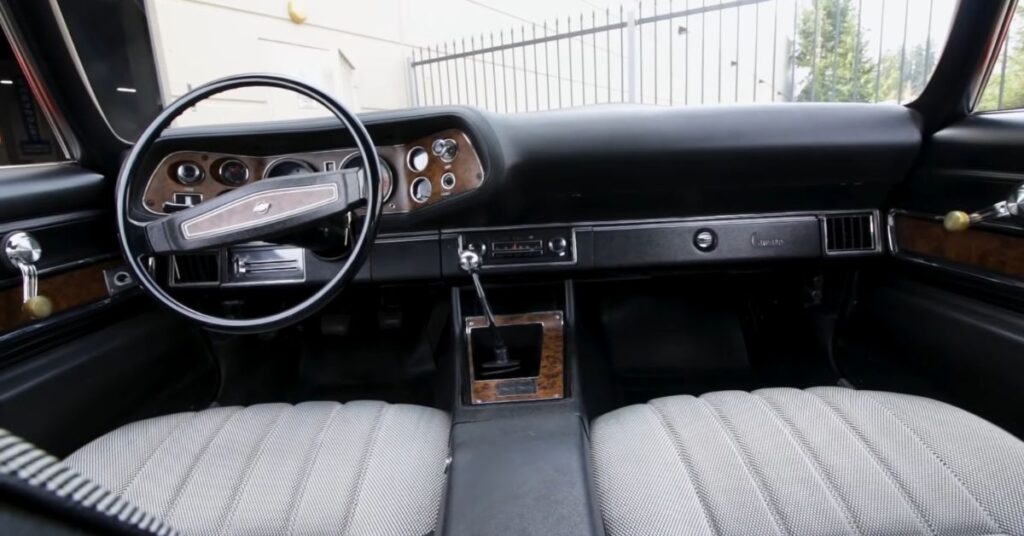
While the focus of the interior is on performance, comfort has not been overlooked. The Z/28 offers a full console with burl trim, providing convenient storage and housing a chrome-balled Hurst shifter, a true enthusiast’s delight. The interior design of the Z/28 creates a driver-centric environment, putting all the essential controls and information within easy reach, ensuring an engaging and enjoyable driving experience.

The 1970 Chevrolet Camaro Z/28’s interior is a reflection of its era, with its retro charm and unique features. The inclusion of an AM radio, positioned below the heater and vent controls, adds a touch of nostalgia, immersing you in the spirit of the time. While air conditioning was not available on Z/28s, it further emphasizes the car’s performance-focused nature.
Conclusion
The 1970 Chevrolet Camaro Z/28 remains an iconic muscle car, captivating enthusiasts with its timeless design and exhilarating performance. From its highly original condition to its powerful LT1 engine and refined suspension, this Z/28 model continues to turn heads and evoke admiration. As we reflect on its rich heritage, it’s clear that the 1970 Chevrolet Camaro Z/28 rightfully claims its place among the greatest muscle cars ever produced.


